Building muscle quickly is a goal for many fitness enthusiasts, athletes, and individuals looking to improve their physical appearance and strength. While the journey requires dedication, proper nutrition, and a well-structured training plan, it is entirely achievable with the right approach. In this comprehensive guide, we will explore the key principles and strategies to help you understand how to build muscle quickly and effectively.
Muscle growth, or hypertrophy, occurs when muscle fibers undergo stress and repair themselves, increasing in size and strength. This process is influenced by several factors, including resistance training, nutrition, rest, and genetics. To build muscle quickly, it is essential to optimize these factors and maintain consistency in your efforts. Incorporating high protein foods for muscle gain into your diet can significantly enhance your results.
1. Progressive Overload
Progressive overload is the cornerstone of muscle growth. It involves gradually increasing the resistance or intensity of your workouts to continuously challenge your muscles. A structured muscle building workout plan is crucial for applying progressive overload effectively.
- Increase Weight: Gradually add more weight to your exercises. Aim for small increments to ensure consistent progress without risking injury.
- Increase Repetitions: Once you can comfortably lift a certain weight, increase the number of repetitions.
- Increase Sets: Adding more sets to your workouts can enhance muscle fatigue and stimulate growth.
- Improve Technique: Focus on perfecting your form and range of motion to maximize muscle engagement.
2. Compound Exercises
Compound exercises work multiple muscle groups simultaneously, making them highly effective for building muscle quickly. Incorporate these fundamental movements into your routine:
- Squats: Targets the quadriceps, hamstrings, glutes, and core.
- Deadlifts: Engages the entire posterior chain, including the back, glutes, and hamstrings.
- Bench Press: Focuses on the chest, shoulders, and triceps.
- Pull-Ups/Chin-Ups: Strengthens the back, biceps, and shoulders.
- Overhead Press: Works the shoulders, triceps, and upper chest.
3. Nutrition for Muscle Growth
Nutrition plays a vital role in muscle growth. To build muscle quickly, you need to consume adequate calories and macronutrients:
- Protein: Essential for muscle repair and growth. Aim for 1.2 to 2.2 grams of protein per kilogram of body weight daily. Sources include lean meats, fish, eggs, dairy, legumes, whey protein powders and plant-based proteins.
- Carbohydrates: Provide energy for intense workouts. Opt for complex carbohydrates like whole grains, fruits, vegetables, and legumes.
- Fats: Support hormone production and overall health. Include healthy fats from sources like avocados, nuts, seeds, and olive oil.
- Hydration: Drink plenty of water to support muscle function and recovery.
4. Consistent Training Schedule
Consistency is key to building muscle quickly. Establish a training routine that allows for adequate recovery while maintaining frequent muscle stimulation. A well-balanced routine might include:
- Split Training: Focus on different muscle groups on different days (e.g., chest and triceps, back and biceps, legs, and shoulders).
- Full-Body Workouts: Perform full-body workouts 2-3 times per week to stimulate all major muscle groups.
- Rest Days: Allow for rest and recovery to prevent overtraining and injury. Incorporate at least one or two rest days per week.
5. Rest and Recovery
Muscles grow during rest, not while working out. Ensure you get enough rest and recovery to maximize muscle growth:
- Sleep: Aim for 7-9 hours of quality sleep per night. Sleep is crucial for muscle repair, hormone production, and overall health.
- Active Recovery: Engage in low-intensity activities like walking, stretching, or yoga on rest days to promote blood flow and reduce muscle soreness.
- Massage and Foam Rolling: These techniques can help alleviate muscle tightness and improve recovery.
6. Supplements
While a balanced diet should provide most of your nutritional needs, many supplements are used to support muscle growth:
Protein Supplements: Whey protein, casein, or plant-based protein powders can help meet your protein requirements.
When it comes to whey protein supplements for building muscle, there are three main types to consider: whey protein concentrate, whey protein isolate, and whey protein hydrolysate. Each type has its unique characteristics and benefits. Here's a detailed look at each one and why whey protein hydrolysate, in particular, is often considered highly effective due to its bioavailability.
- Whey Protein Concentrate (WPC):
- Protein Content: Typically contains 70-80% protein by weight, with the remaining percentage consisting of fats and carbohydrates.
- Benefits: WPC is rich in beneficial compounds such as immunoglobulins and lactoferrin, which can support immune function. It's also more affordable compared to other forms.
- Ideal For: Individuals who are looking for a cost-effective protein source with additional health benefits beyond muscle building.
- Whey Protein Isolate (WPI):
- Protein Content: Contains around 90% or more protein by weight and has minimal fats and carbohydrates.
- Benefits: WPI undergoes more processing to remove most of the fats and lactose, making it suitable for those who are lactose intolerant. It has a higher protein content per serving.
- Ideal For: Those who need a higher protein intake with fewer calories and those who are lactose intolerant.
- Whey Protein Hydrolysate (WPH):
- Protein Content: Similar to WPI, WPH is highly pure, with a high protein content and minimal fats and carbohydrates.
- Benefits: WPH is pre-digested, meaning it has been broken down into smaller peptides through hydrolysis. This process makes it easier and faster for the body to absorb and utilize the protein with less stomach issues

Ideal For: Athletes and bodybuilders who need rapid protein absorption for quick recovery and muscle growth, and those with digestive issues that hinder protein absorption.
Creatine:
Creatine is a naturally occurring compound found in muscle cells, and it plays a crucial role in producing energy during high-intensity exercise. When supplemented, creatine increases the phosphocreatine stores in muscles, which are used to produce adenosine triphosphate (ATP), the primary energy carrier in cells. During short bursts of intense activity, such as weightlifting or sprinting, ATP is rapidly depleted. Creatine supplementation helps replenish ATP stores more quickly, allowing for improved performance, increased strength, and the ability to sustain higher intensity workouts for longer periods. This enhanced performance enables more effective and efficient training sessions, contributing to faster muscle growth.
In addition to boosting energy production, creatine also promotes muscle hypertrophy through several mechanisms. It increases cell volumization by drawing water into muscle cells, which not only makes muscles appear fuller but also creates an environment conducive to protein synthesis. Creatine has been shown to elevate the levels of certain anabolic hormones, such as insulin-like growth factor 1 (IGF-1), which further stimulates muscle growth. Moreover, creatine supplementation can reduce muscle protein breakdown, aiding in muscle repair and recovery. By improving workout performance, enhancing anabolic hormone levels, and supporting muscle cell hydration, creatine helps individuals build muscle mass more quickly and effectively.
Branched-Chain Amino Acids (BCAAs):
Branched-chain amino acids (BCAAs), which include leucine, isoleucine, and valine, play a crucial role in muscle building and exercise performance. These amino acids are unique because they are metabolized directly in the muscles rather than the liver, allowing for quicker utilization during exercise. Leucine, in particular, is the most potent of the three and directly stimulates muscle protein synthesis by activating the mTOR pathway, a key regulator of cell growth. By enhancing protein synthesis, BCAAs help repair and build muscle fibers damaged during intense workouts, leading to increased muscle mass and strength.
In addition to their role in muscle protein synthesis, BCAAs also help reduce muscle soreness and fatigue, allowing for more frequent and intense training sessions. They can decrease exercise-induced muscle damage and accelerate recovery by reducing levels of muscle-damaging enzymes and inflammatory markers. Furthermore, BCAAs help maintain a positive nitrogen balance in the body, which is essential for muscle growth. By supplementing with BCAAs, athletes, bodybuilders and weekend warriors can improve their recovery, reduce muscle breakdown, and support overall muscle growth and performance.
7. Monitoring Progress
Tracking your progress is essential to ensure you are on the right path. Keep a workout journal or use fitness apps to log your exercises, weights, sets, and repetitions. Regularly assess your progress and make necessary adjustments to your routine.
8. Mental Focus and Motivation
Building muscle quickly requires mental fortitude and motivation. Stay focused on your goals and find ways to stay motivated:
- Set Realistic Goals: Establish short-term and long-term goals to keep yourself motivated and track progress.
- Find a Workout Partner: Training with a partner can provide accountability and motivation.
- Celebrate Milestones: Reward yourself for achieving fitness milestones to maintain enthusiasm.
9. Avoiding Common Mistakes
To maximize your muscle-building efforts, avoid these common pitfalls:
- Overtraining: Excessive training without adequate rest can lead to burnout and injury. Balance intensity with recovery.
- Poor Form: Using incorrect form increases the risk of injury and reduces the effectiveness of your workouts. Focus on proper technique.
- Neglecting Nutrition: Inadequate nutrition can hinder muscle growth. Ensure you consume enough calories and macronutrients.
- Inconsistent Training: Irregular workouts can stall progress. Stick to a consistent training schedule.
Sample Workout Plan
Here’s a sample workout plan to help you build muscle quickly. Adjust the weights and repetitions based on your fitness level:
Day 1: Chest and Triceps
- Bench Press: 4 sets of 8-10 reps
- Incline Dumbbell Press: 3 sets of 10-12 reps
- Chest Dips: 3 sets to failure
- Tricep Pushdowns: 3 sets of 12-15 reps
- Overhead Tricep Extension: 3 sets of 12-15 reps
Day 2: Back and Biceps
- Deadlifts: 4 sets of 6-8 reps
- Pull-Ups: 4 sets to failure
- Bent Over Rows: 3 sets of 8-10 reps
- Barbell Curls: 3 sets of 10-12 reps
- Hammer Curls: 3 sets of 12-15 reps
Day 3: Legs
- Squats: 4 sets of 8-10 reps
- Leg Press: 3 sets of 10-12 reps
- Romanian Deadlifts: 3 sets of 10-12 reps
- Leg Curls: 3 sets of 12-15 reps
- Calf Raises: 4 sets of 15-20 reps
Day 4: Shoulders and Abs
- Overhead Press: 4 sets of 8-10 reps
- Lateral Raises: 3 sets of 12-15 reps
- Rear Delt Flyes: 3 sets of 12-15 reps
- Plank: 3 sets of 1 minute
- Hanging Leg Raises: 3 sets of 12-15 reps
Day 5: Rest or Active Recovery
Strategies for Fast Muscle Gain
Building muscle quickly requires a combination of effective training, proper nutrition, adequate rest, and mental focus. By following the principles of progressive overload, incorporating compound exercises, maintaining a balanced diet, and staying consistent, you can achieve impressive muscle growth in a relatively short period. Remember to monitor your progress, stay motivated, and avoid common mistakes to maximize your results. With dedication and the right approach, you can build the muscular physique you desire.


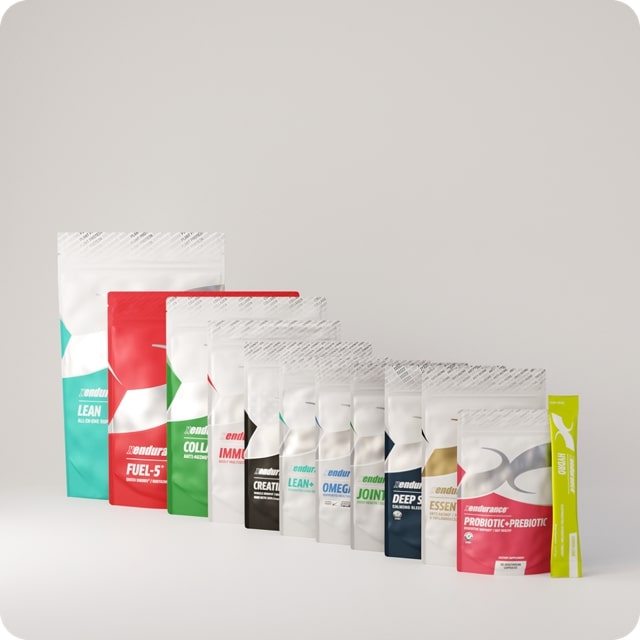
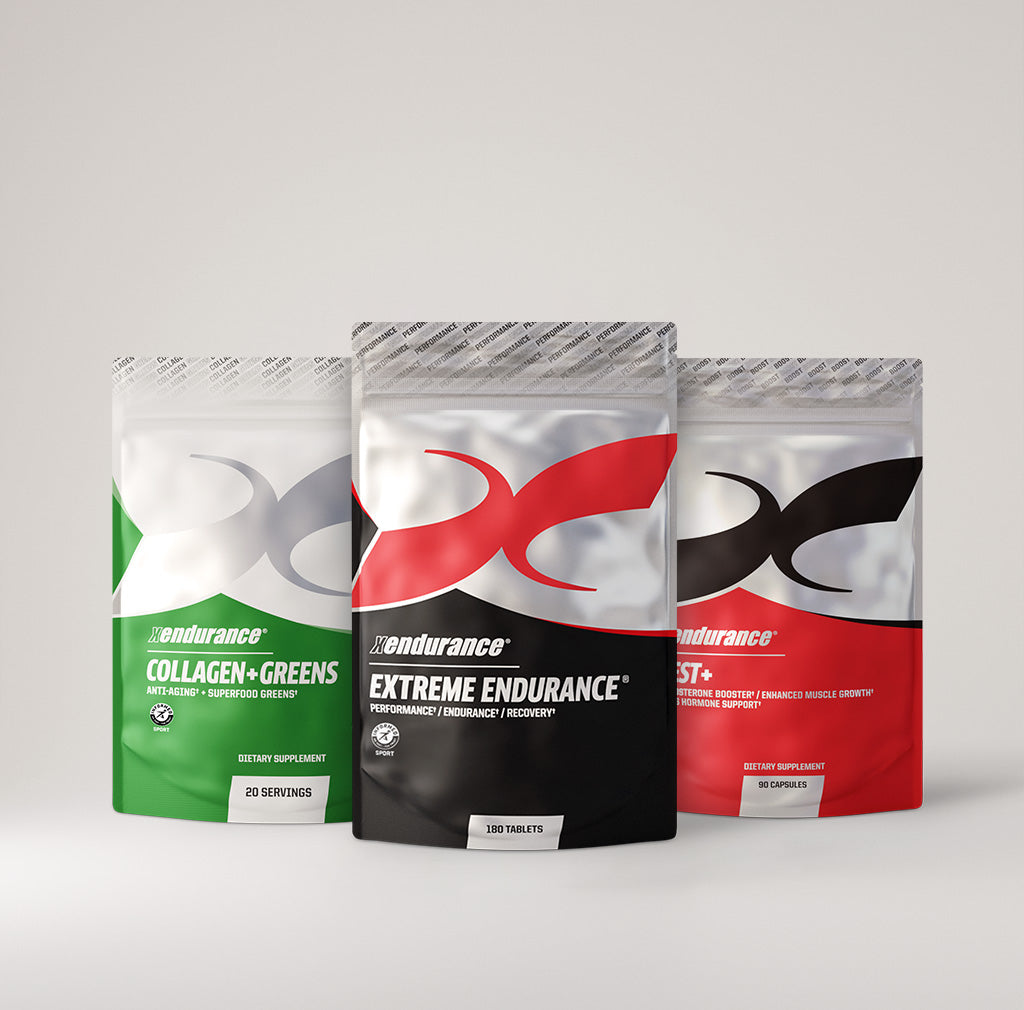
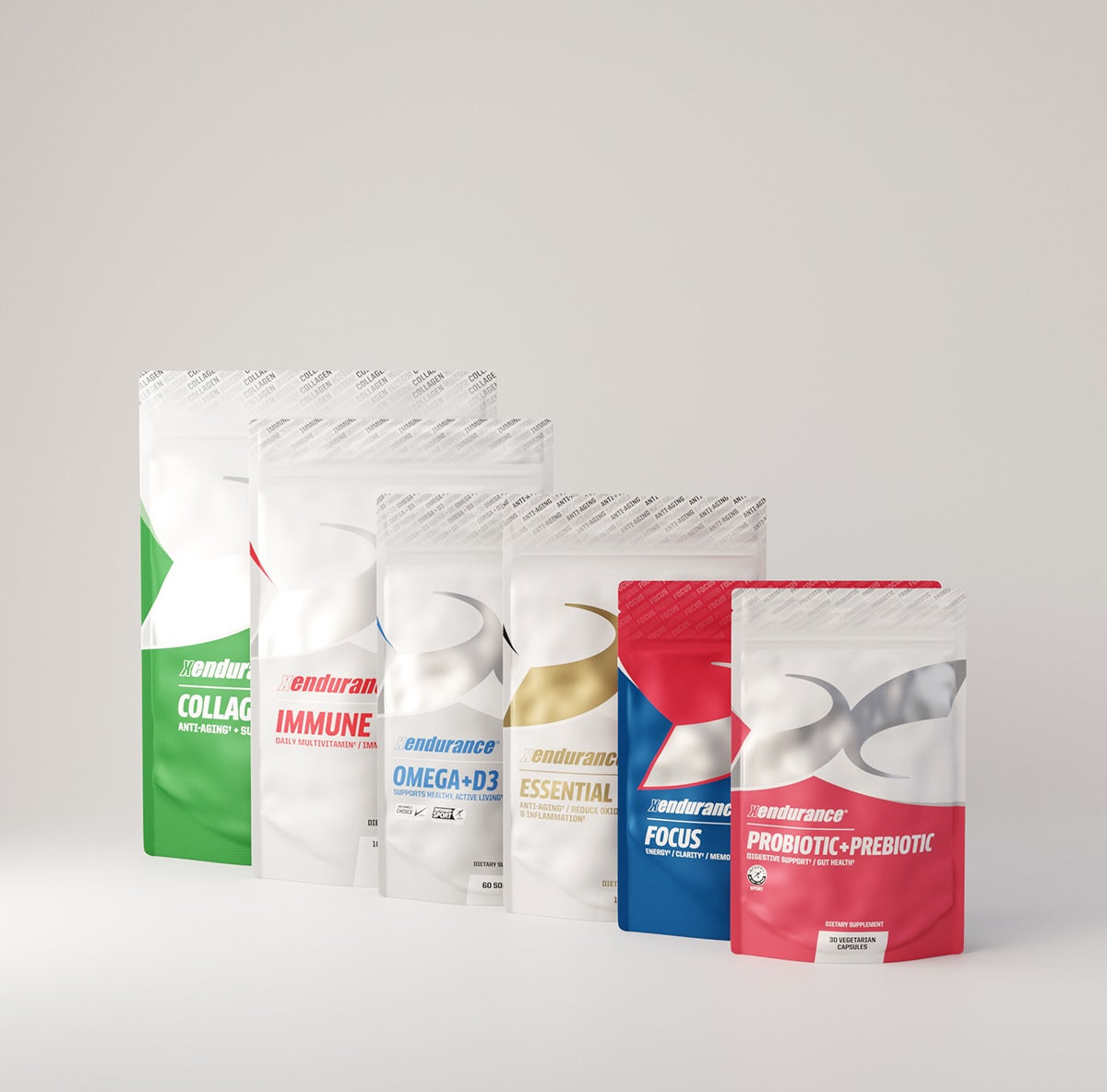
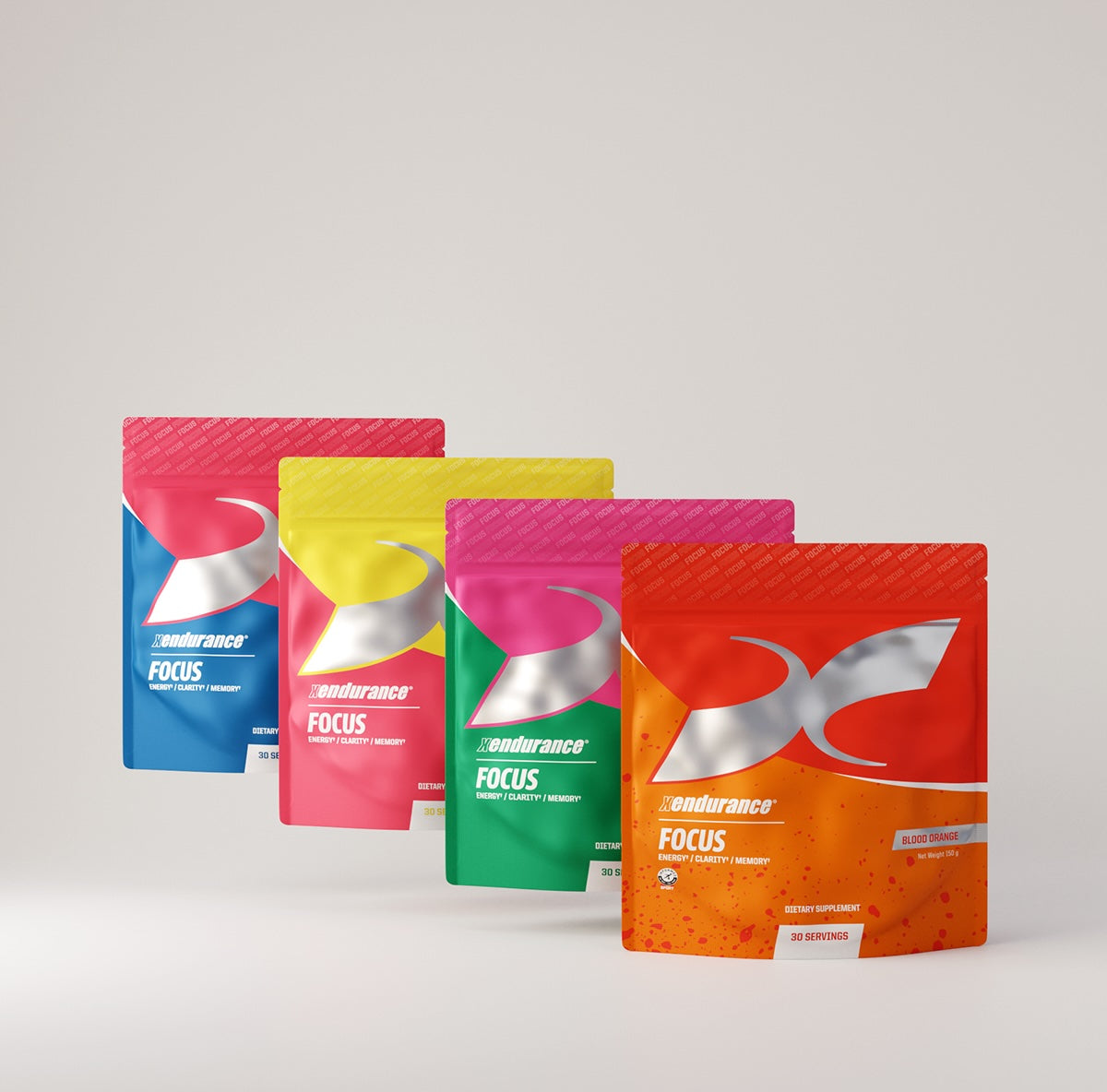
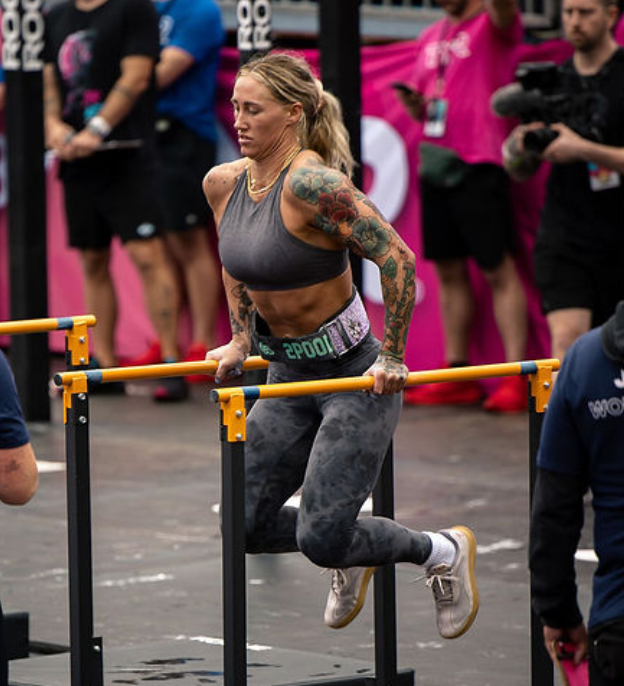


Leave a comment
This site is protected by hCaptcha and the hCaptcha Privacy Policy and Terms of Service apply.